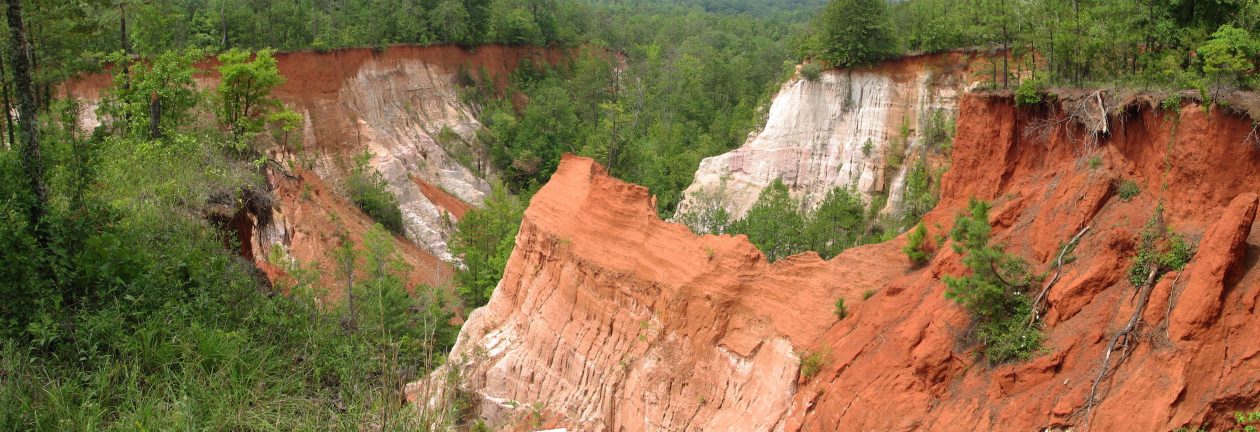Yerevan, Armenia
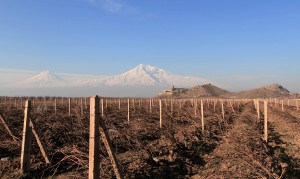
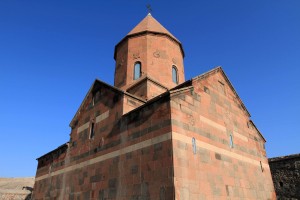
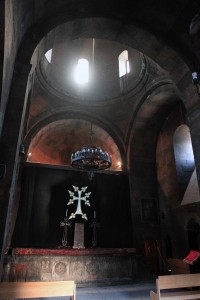
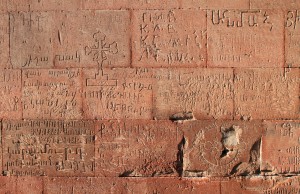
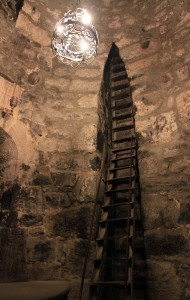
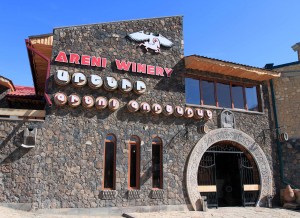
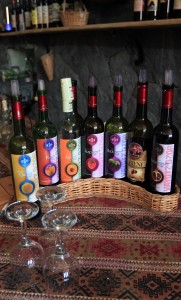
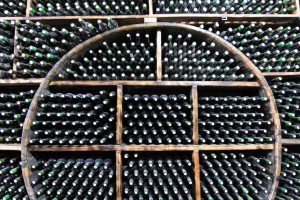
and my heart beats so that I can hardly speak.”
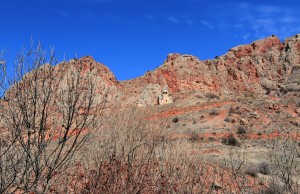
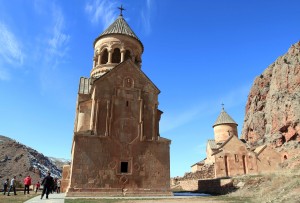
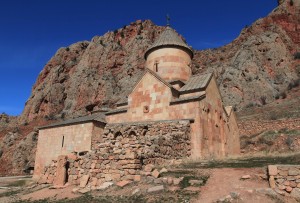
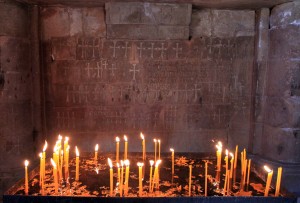
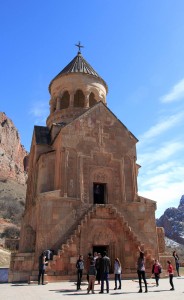
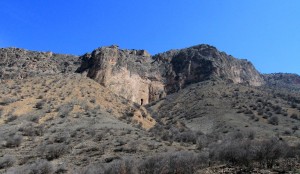
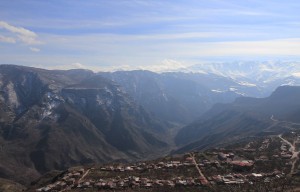
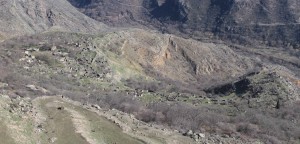
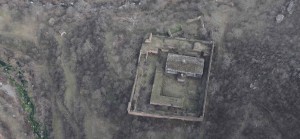
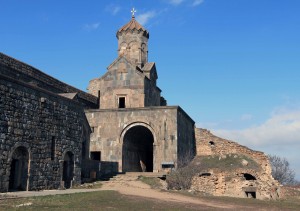
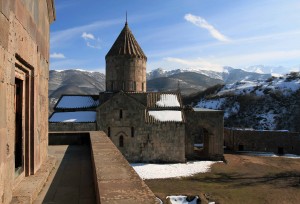
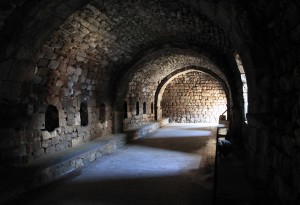

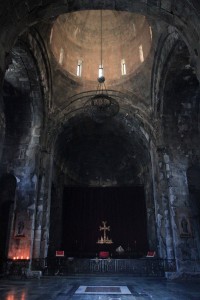
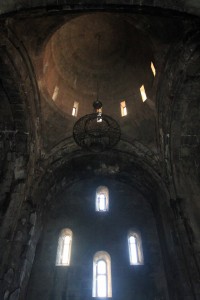
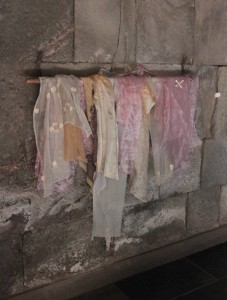
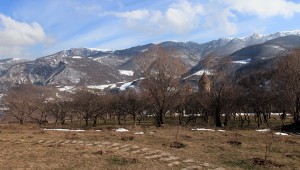
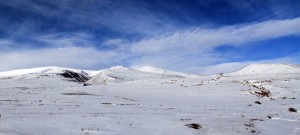
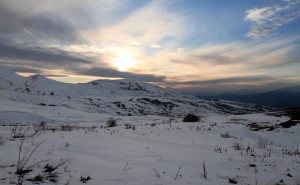
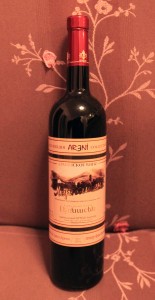
I woke up at 07:00 today, showered, got dressed, grabbed my camera, and then waited for the tour guide/driver to arrive and for the six Russians to get ready for our tour through Armenia today. We ended up leaving shortly after 08:00, but then made three stops at different ATMs in Yerevan to draw some needed cash (the first two ATMs didn’t work for the Russians nor for me). Finally, after the third time proving to be the charm, we drove onward to our first stop: Khor Virap Monastery. The monastery is located in the Ararat Plain and very near the Turkish border; it also gave us the best views of Mount Ararat and Little Ararat. The Khor Virap Monastery is built on the site where Grigor Lusavorich, who later became Saint Gregory the Illuminator, was initially imprisoned for fourteen years by King Tiridates III of Armenia (brave visitors can descend down a tall steel ladder and enter inside the pit where he was imprisoned). In the monastery, stands the St. Astvatsatsin Church, which was built in 1662 AD, above the ruins of a chapel that was built in 642 AD as a mark of veneration to Saint Gregory. After our tour bus reached the monastery, we exited the vehicle and walked up the steps and road and entered inside; we explored the church and the adjacent structure (built above the imprisonment pit) and I climbed down in to a small prayer room and then the underground pit; we also had great views of the Ararats from the monastery; after thoroughly exploring the monastic grounds, we returned to our tour bus and hit the road. After driving for a while, we stopped in a small town where it appeared as though every telephone pole had a large nest built on top of it, owned and maintained by white storks (though I was glad to see smaller birds making use of the nests as well – using holes in the bottom portion to nest in); at this town, we stopped at a market for some food since we would not eat until very late today (I ended up buying a pear flavored drink, water, and a chocolate bar with cookie and jelly bits – chocolate mixed in with little pieces of jelly is the greatest concoction in candy history; seriously, this stuff is super-fantastic!). We then drove on to our next destination: the Areni Winery. The winery is located in the town of Areni (a local grape varietal is also named “Areni”), which is where the Areni-1 Cave complex is located; inside the Areni-1 Cave, archaeologists discovered the earliest known winery (dated to 4100 BC), which consists of fermentation vats, a wine press, storage jars, and pottery shards (they also discovered the earliest known shoe in the same cave); of course, this whole region (Armenia, Azerbaijan, Georgia, Northwestern Iran, and Northeastern Turkey) is the Cradle of Winemaking, where wine production has its origins; of course, being an oenophile, I’m really enjoying my time here. At the Areni Winery, we explored their cellar and viewed the many, many bottles of wine stored there; we then entered in to the tasting room and got to work trying all the different wines available to us. First, I tried the Areni dry red wines from the years 1996, 1998, 2001, 2002, and 2012 AD; the best one was the ’96 wine; it had more character, didn’t taste as earthy or mineral as the others, and was pleasant to drink. Next, I tried their semi-sweet red wine, semi-dry red wine, and dry white wine. After tasting their grape wines, I moved on to wines made from different types of fruits; I had pomegranate, cherry, blackberry, raspberry (“ruspberry”), apricot, quince, and peach wines – each wine tasted very strongly of the fruit that bore it. Finally, I had a shot of their cognac, made from grapes. After the tasting, we went upstairs, had coffee or tea (I had Armenian coffee), and watched a video about the winery; the language was in Russian, but I got the gist of it. After the video, we made our way back to the bus and I bought a bottle of semi-dry red wine and a wooden wine bottle holder (the third souvenir I’ve bought on this trip). We then drove through the Amaghu Valley to the Noravank Monastery. Upon reaching the monastery, we exited the tour bus and explored the grounds. The monastery was founded in 1205 AD by Bishop Hovhannes and the two most prominent buildings on the monastery grounds are the St. Astvatsatsin Church and the St. Stepanos Nakhav’ka Church; the St. Astvatsatsin Church has two storeys and the top level is reached by narrow steps built in to the façade of the church. After walking around the monastery, we reentered the bus and drove back the way we came, through the Amaghu Valley, until we reached the main highway again; we then drove east to the Vorotan Valley, about 140 kilometers away. It was a long ride, through the Zangezur Mountain Range in the Lesser Caucasus, but it did give us some great views of a snow-covered landscape. Finally, we reached our next stop: the “Wings of Tatev” – the world’s “longest non-stop double track cable car” (included in the Guinness World Records); we got our tickets and then entered inside the cable car; we then took the cableway to the Tatev Monastery. During the ride, we had views of the Vorotan Valley, nearby villages, the ruins of Harsnadzor (a medieval village), the Devil’s Bridge (a natural bridge over the Vorotan River), and an abandoned cloister at the bottom of the cliff where the Tatev Monastery is located – the cloister was used by the monastery and even has a tunnel connecting the two complexes. We then reached the end of our journey, exited the cable car, and then explored the monastery grounds. Tatev Monastery was built in the ninth-century AD and has several churches, chapels, a library, kitchens, dining hall, belfry, and rooms for the monks; also, located at the edge of a cliff, it has great views of the surrounding mountains and the valley below. There was a lot to see at Tatev Monastery and I first visited the St. Astvatsatsin Church; then I had fun wondering around the various disused and empty rooms and passageways. I saved the most prominent structure, the Saints Poghos and Petros Church (“Saints Paul and Peter Church”) for last and was really impressed with its tall domed-ceiling and beautifully designed interior. I then made my way back to the cable car and waited with the others for two of the Russians to finish; we then rode the cable car back to the parking lot. When we finally made it back to the tour bus (after a W.C. break), we drove back the way we came, on the highway, through the snow covered mountains, toward Yerevan. As we neared the end of the Zangezur Mountain Range, the sun had just about set and we could see Mount Ararat bathing in its crimson light. We then drove on through darkness to a restaurant next to the highway, not far from Areni. For dinner, we had a feast that included leaf vegetables, cheese, a type of salsa, and sour cream that we combined together and rolled up in bread to eat; I then had borscht (as did the Russian guy), which I was told was Ukrainian borscht (I was also assured that the Russian version is superior); finally, the meat came out and I had barbeque lamb, pork, and potato slices; also, for dinner, I had a semi-sweet red wine that tasted of raspberries and cherries. Once supper was finished, we loaded back in to the tour van and continued on our way back to Yerevan; I would’ve liked to have slept some, but the driver continued to talk with the Russians and he also played the music too loud (what made this more annoying, was that he continued to play the same handful of songs that I had heard earlier today and yesterday, none of which were very good; there was also a particular song about Armenia that he would turn the volume up on and some of the Russians would join in on; actually, yesterday, he played more instrumental and classical music and I yearned for this – lyrics can be very annoying, especially if they are repeated over and over again like on most poorly written music (i.e. pop music). Anyway, after a very long drive and a long day, we reached the hostel after 23:00. Once back, I grabbed my laptop and went through all the pictures I took today; I also had that bottle of semi-dry red wine I had bought at the Areni Winery (it tasted of raspberries and pomegranates). I then stayed up way too late and did not go to bed until after 03:00.
